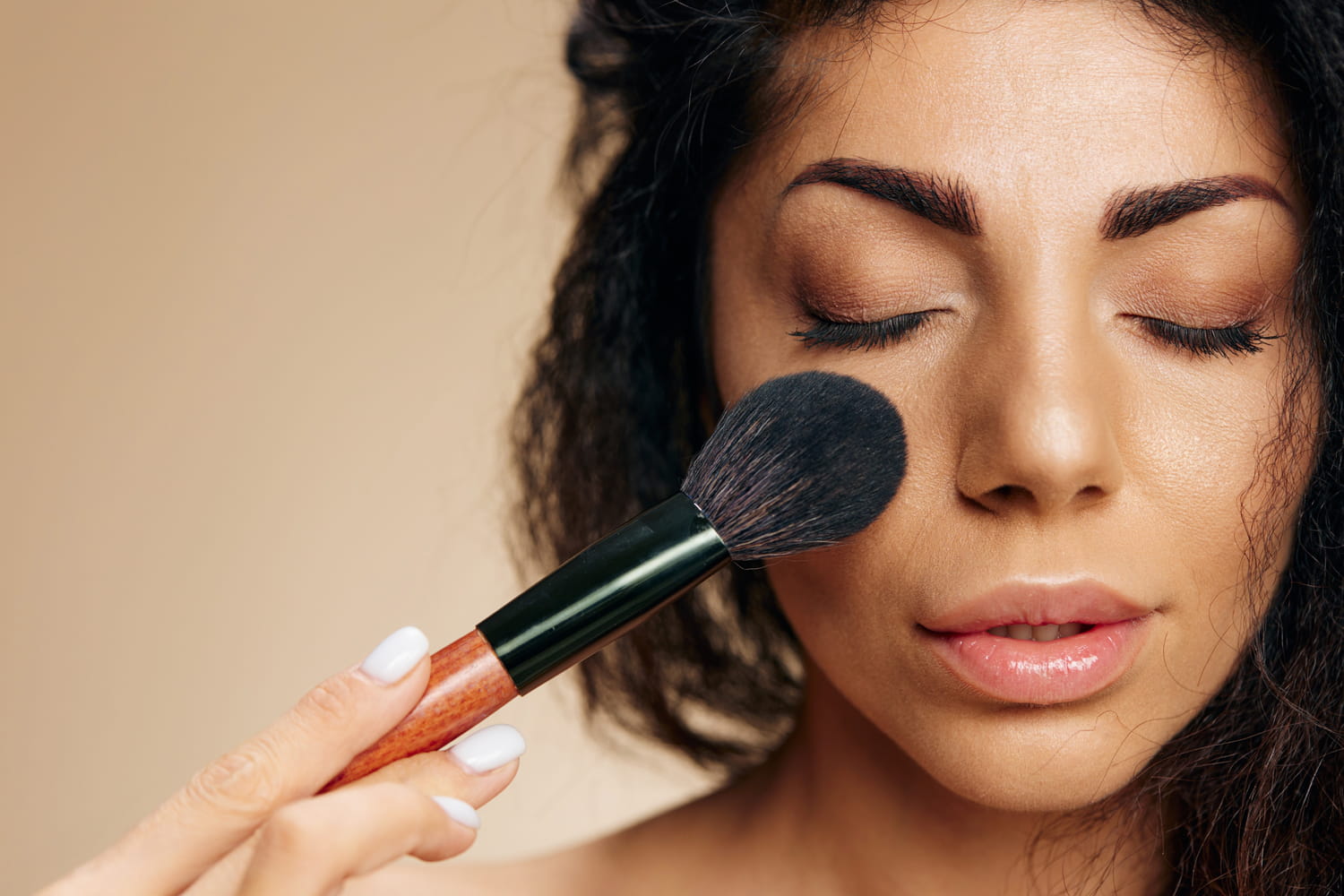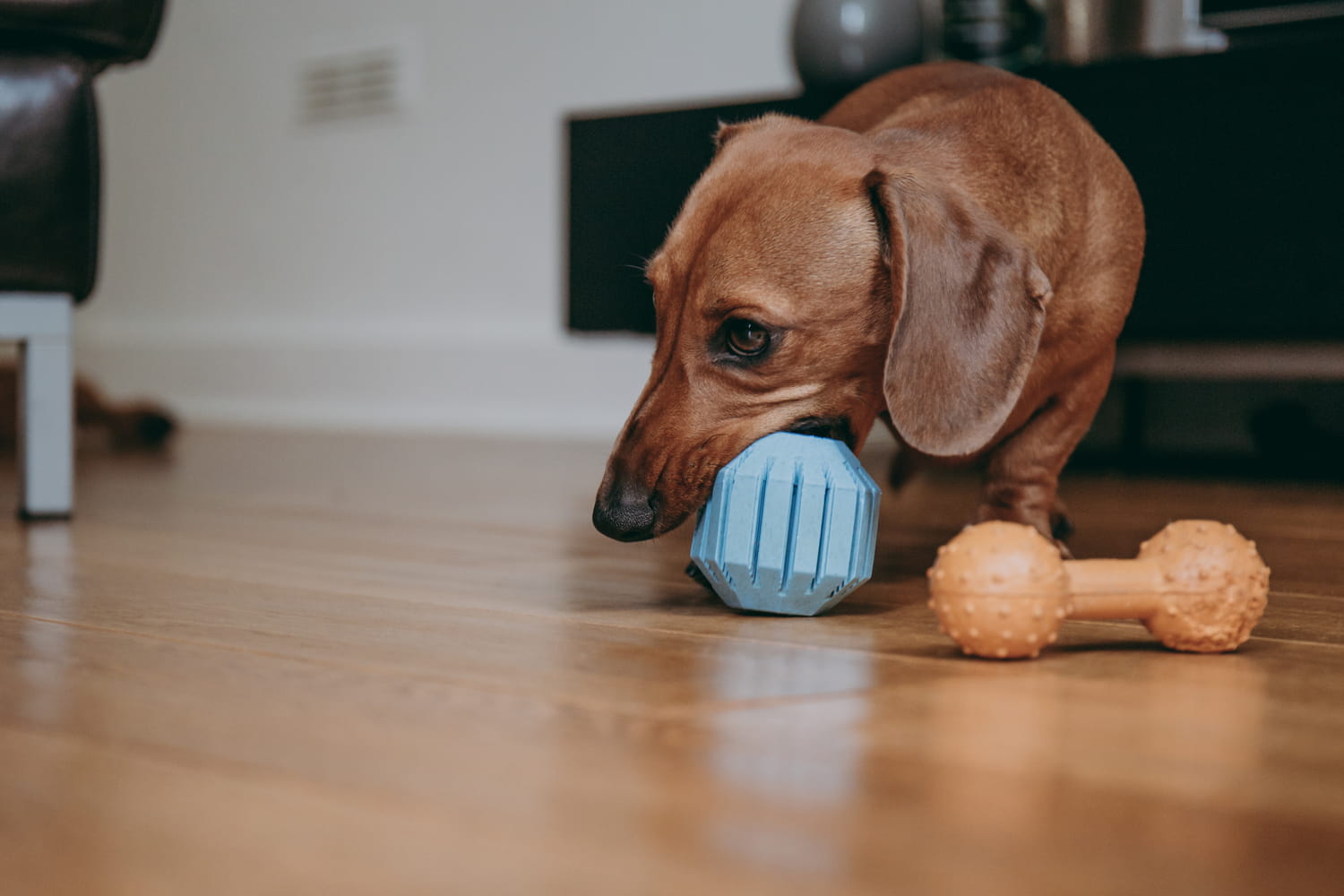For a dog to be happy, the color of his toys is important. A veterinarian specializing in animal behavior is categorical: a very precise shade plays a major role.
When a dog ostensibly ostens up the brand new ball that has just been offered, it is not necessarily that he does not care. He may just be unable to see her properly. The fault of its visual system. Unlike us, dogs only have two types of photoreceptors in the retina, where the human eye has three. This means that they do not distinguish the set of light spectrum. Their visual world is reduced to a range of much more limited shades, in which some colors merge. Red, for example, is perceived as a brown or a gray. As for green, it does not come out much more. In fact, a red toy thrown into the grass, even under the sun, may seem completely invisible for a dog.
Cited by our colleagues from L’Express.co, the British veterinarian Brian Faulkner explains that “Understanding how our animals perceive the world allows us to adapt our interactions with them, whether it is to choose toys of the right color, to design play spaces stimulating their senses or to understand why they do not always spot a treat just in front of them.” The animal insurer Petplan, for its part, conducted a study on the sensory needs of pets. We learn that the view of the dog is less vague than we have long believed it, but that it remains very different from ours. Its perception of colors is not zero, but selective. Some tones are obvious, others go unnoticed. Doctor Brian Faulkner insists: “Knowing this can really help owners make more judicious choices.” Choosing an accessory according to our tastes therefore does not make much sense. It is better to bet on what the dog easily identifies, whether to occupy it, educate it, reassure or stimulate it.
In this sense, all the toys that merge with the ground, the lawn or the furniture go to the hatch. The contrast is more important than form or texture. This is where the color comes in. And in this area, the one that makes the difference is blue or yellow. Live blue, like yellow, remain perfectly visible to dogs, whatever the context, whether it is an interior carpet or an outdoor terrain. Unlike red or green, blue and yellow clearly stand out in their visual field.
These are also the colors to favor for educational toys, frisbees, comforters or bullets. You will understand, no need to invest in a full range of sophisticated objects. What matters is their readability for the animal. A toy that catches the eye of a dog is not necessarily the one that shines or flashes, but the one that is distinguished from the rest!








